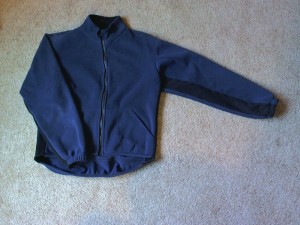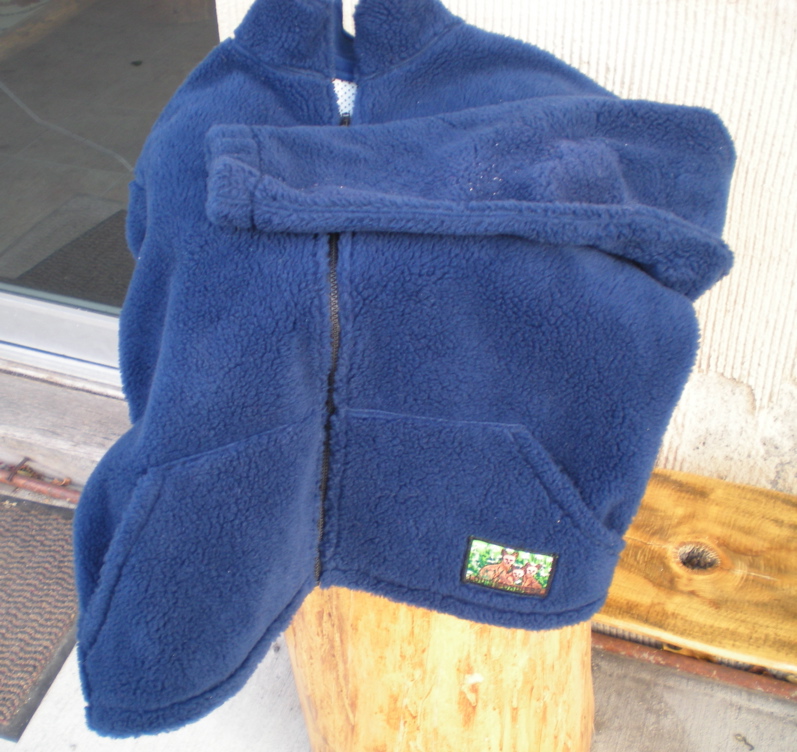
Why dress in layers for cold weather activities? Layering allows you to manage moisture, manage heat, and protect yourself from the elements. A layered approach is often more versitile in that it covers a wider range of temperatures. To implement a layered system effectively, you have to understand the purpose of each layer.
Most typical is a three layer approach consisting of:
- Base Layer – Next to skin, to wick sweat. Can also be a thin thermal layer.
- Mid Layer – The insulation layer, consisting of wool, fleece, or thicker technical fabric.
- Outer Layer – The shell, meant to block wind, rain, and snow.
Base Layer

The primary purpose of the base layer is to wick sweat from your skin. Wicking is the garment’s ability to pull moisture away from the skin and transfer it through outer layers. Even a light sweat induced by moderate activity can produce enough moisture to cause hypothermia. Preventing a buildup of sweat next to the skin is just as important as keeping rain and snow out.
With an effective wicking layer, moisture is pulled away from the body to the outside of the garment where it evaporates quickly. This leaves the user warm and dry. In cold weather it is extremely important that moisture is pulled from the body even when you feel warm. Once you stop exerting energy, any moisture remaining on the surface of the skin causes the body to cool very quickly.
There are many different types of base layer fabrics: Capilene (a Patagonia synthetic), Polypropelene (Helly-Hansen, among others), Thermax (DuPont), Thinsulate, and Silk. All of these wick moisture, most coming in several weights to provide greater warmth. Silk is the lightest option, while Capilene, Polypropelene, and the others all have a range of weights. The question is, which weight do you choose? For example, if you were cycling in warm to cool weather, a silk or lightweight synthetic (polypropelene or capilene) would be appropriate. Power Dry Tights and Shirts make for excellent base layers due to their wicking, breathability, and stretch.
Cotton should never be used as layering piece. Cotton, while it absorbs sweat well, evavorates moisture very slowly. When cotton becomes saturated is insulates poorly. Since it holds on to moisture for a long time, it increases the risk of hypothermia. Not only will you feel clammy wearing cotton, if you stop moving the damp material will rob your body heat.
Mid-Layer

The mid layer is often known as the insulation layer. One of the objectives of the mid layer, aside from insulation, is the ability to add or subtract it depending on the outside temperature. There are many types of insulating fabrics: wool, fleece, pile, down, and acrylic. All of these materials are excellent insulators because they retain body warmth and breath well. Fleece and pile have recently become very popular because they are lighter and dry 3 to 4 times faster than wool.
Synthetic fleece can come in many styles and weights. Usually the manufacturers will list their fleece at a weight of 100 (lightweight), 200 (mid-weight), and 300 (heavyweight). Mid-weight Power Stretch is a great mid layer on those cool spring and autumn hikes or bike rides.
A more recent entry to the fleece market called PCR Fleece (post-consumer recycled) is made from recycled plastic bottles. Many outdoor manufacturers are looking for ways to reduce waste. The material used to manufacture plastic bottles is very similar to that used in synthetic fleece. The result is an effective, comfortable fabric that is eco-friendly.
Pile is a heavy weight fleece for very frigid conditions. Down is a wonderful, lightweight, compressible, efficient and effective insulator. Its life span is unknown. Unfortunately, Down will lose most of its thermal value when it is saturated. Therefore, a down jacket may prove ineffective without a waterproof shell over it.
Outer Layer/Shell

The outer layer, or shell, provides protection from the elements. The primary purpose of the outer layer is to block wind. Depending on the environment, you may want additional insulation or waterproof qualities.
For winter weather, heavyweight Power Shield is a great option.
Retro-X is ideal for very frigid tempatures with heavy wind.
NeoShell comes in various weights and is ideal for rain or heavy, wet snow. It is wind and waterproof but still breathable.
While the mid layer provides the majority of the insulation, the outer layer will keep rain, wind, and snow out. If the piece is windproof, heat will be retained under this layer, but it must also be breathable to release moisture from sweat. This layer should be worn loosely, in order to accommodate various thicknesses of mid layers. A versitile outer layer can be warn in a rather wide range of temperatures because you can change your mid layer accordingly.

